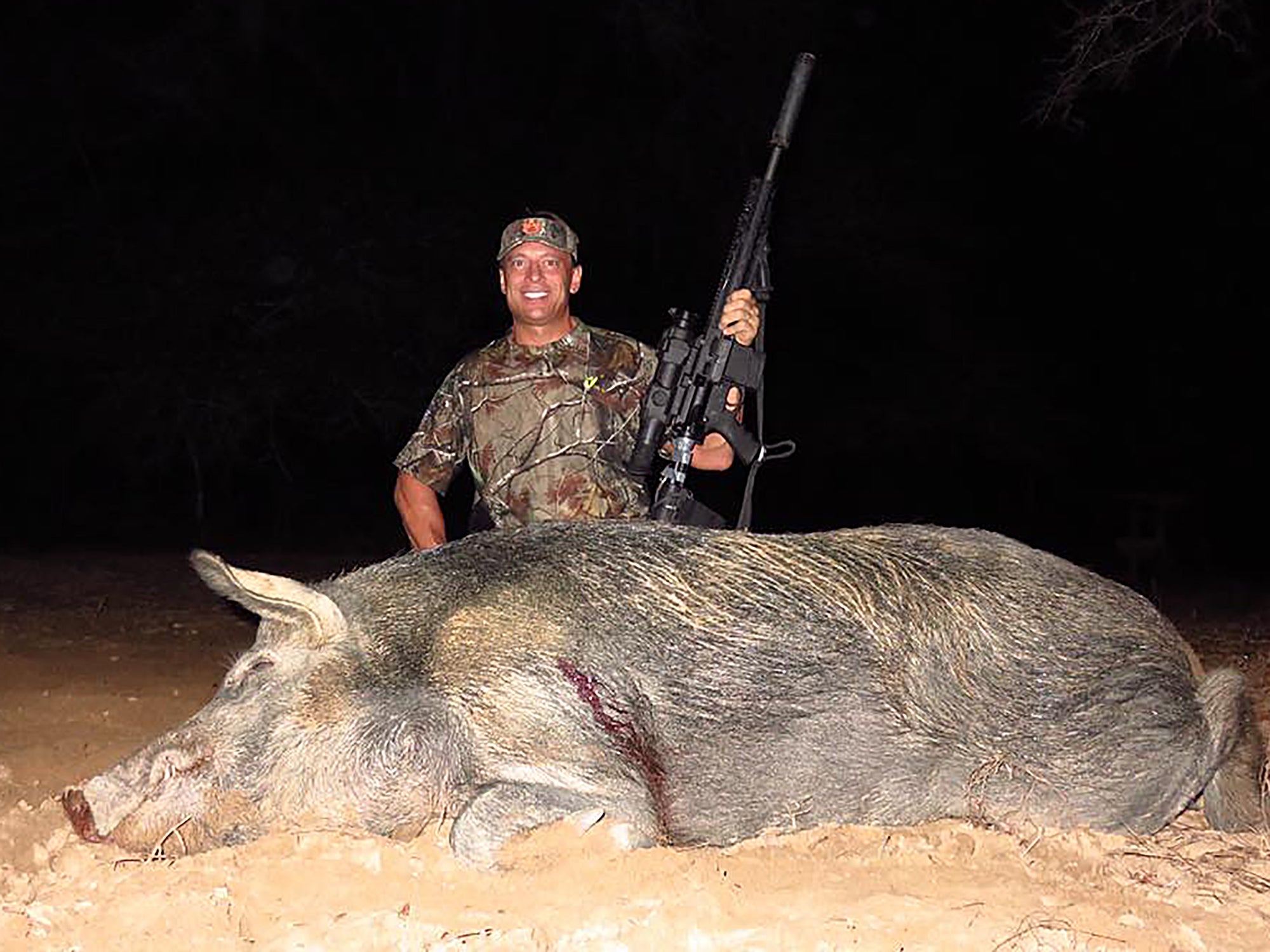By DAVID RAINER, Alabama Department of Conservation and Natural Resources
The Alabama Department of Conservation and Natural Resources (ADCNR) continues to provide citizens with groundbreaking opportunities to enjoy the outdoors in new, innovative ways.
The ADCNR’s Wildlife and Freshwater Fisheries Division’s (WFF) Law Enforcement Section recently held a Night Shoot at the Cahaba River Wildlife Management Area (WMA) Shooting Range.
From what Law Enforcement Chief Michael Weathers can determine, Alabama is leading the way in this event, which allowed those who signed up to bring their night vision and thermal optics to the range to shoot at night.
“Number one, we think it’s very likely this is the first time a game and fish agency has ever hosted an event like this, where we open one of our state shooting ranges during what are normally closed hours and staff it,” Weathers said. “We did this so members of the public who own rifles with night vision or thermal sights can shoot or zero their guns in a safe environment.
“We had good public turnout and a lot of enthusiasm. The guys who came out and shot were glad to have the opportunity, and several traveled a pretty good distance to get there. We had one gentleman drive up from Lee County. He brought a rifle with a thermal sight. We got him zeroed, and he was very complimentary of us for opening the range, providing that opportunity. It’s hard to find a place to shoot, let alone a place to shoot at night.”
The WFF staff opened the Cahaba River Range at 8 p.m. on a Saturday night and brought in numerous WFF officers to oversee the range to ensure safety under the low-light conditions. Unlike the WFF Law Enforcement’s Firearms 101 sessions, where new or inexperienced shooters are provided with .22-caliber firearms and taught how to handle a firearm safely and improve their shooting efficiency, the Night Shoot officers did not offer instruction.
“We brought in some of our firearms instructors, not to teach, but to run the range and ensure safety on the range,” Weathers said. “We kept it open until 2 a.m. We had folks coming and going for most of the night.”
Weathers said shooting at night also presents challenges because of the low-light conditions that make safety paramount.
“Shooting on a range at night is a lot different than in the daytime,” he said. “If you’re downrange changing targets or scoring targets, you can’t see what anybody on the firing line is doing. And the firing line people can’t see that there are people downrange.
“We wanted to make sure that the folks who came out wouldn’t have any concerns or worries, that it was a safe environment. We used red lights. Any time the red lights were on, people had to step away from their firearms. If the red lights were on, that freed up people to go downrange and work on targets.”
Steel targets were used for those with thermal imaging equipment, and range officers used propane torches to heat the steel to increase the thermal profile. “It works like a champ,” Weathers said.
After the targets are ready, before the firing line goes hot, WFF officials use their own night vision and thermal optics to ensure no one is downrange before the red lights are turned off and the firing resumes.
“We just walked around and helped where we could,” Weathers said. “It was a great event. For us, it’s better utilization of a state resource. Our state shooting ranges are a low-cost state resource for everybody.”








